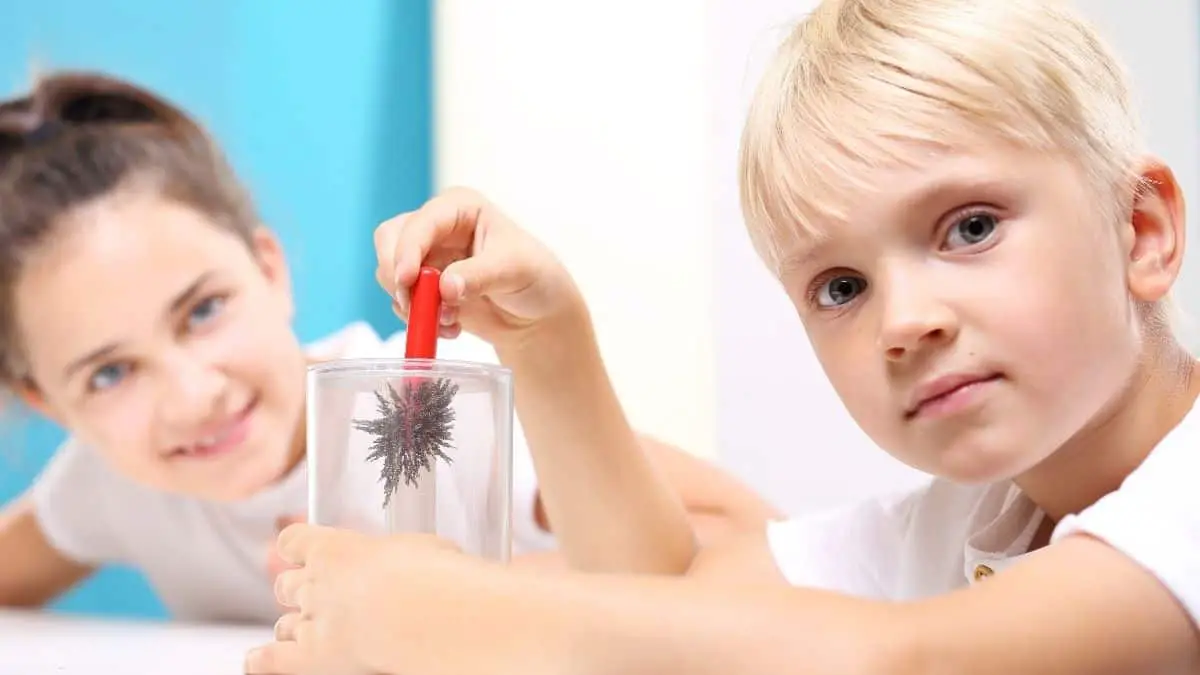Physics Experiments For Kids [7 Awesome Ideas]
Physics experiments for kids are a perfect introduction to the fantastic world of science. Physics experiments challenge you to think about the hidden forces that drive the world. Even easy science experiments for kids can teach surprising lessons and reveal how fascinating the world is.
Here are a few fun physics projects you can try at home.
Related post: 32 Cool Science Experiments for Kids at Home
Physics Experiments for Kids
Powerful Paper Construction
This is one of my favorite STEM activities. All you need is
- Some paper
- Scotch tape
- A stack of books/ one book and heavy items to balance on top of it
All great science experiments start with a question, ‘Can you use paper and tape to build a structure strong enough to support a book?’
I suggest posing the question and then seeing what your kids come up with. Trying and failing is part of a physics experiment.
When they’re ready, you can show them a solution. You roll the paper into a tube and use a small piece of tape to hold it in that shape. With four tubes, you can easily support an impressive number of books.
To extend the project, your kids can investigate which size and shape of the tube are the strongest. If your child is competitive, then why not make it a fun competition.
So Why Isn’t The Paper Crushed By The Books?
It’s all about the shape. A cylinder is one of the most robust shapes. Because it has a circular shape running all along the length, this evenly distributes the books’ weight. So no one point on the paper takes more stress and weakens.
Another illustration of this is with a soda can. You can try crushing a soda can — it’s really hard. An average can will support the weight of an average adult. But if you squash it a little in the middle, then try again, it suddenly crumples up. With its shape damaged, the weight is no longer evenly spread.
Lego Balloon Car/Zipline
I’ve bundled these two physics experiments for kids together because they both use LEGO to explore some exciting physics ideas.
In both of these awesome physics experiments, your child has the chance to build their own creation and see how it performs. They can then tweak their design and process to improve the performance of what they’ve made. They can either make a balloon-powered car or build a ‘carrier’ to help a LEGO man ride a zipline.
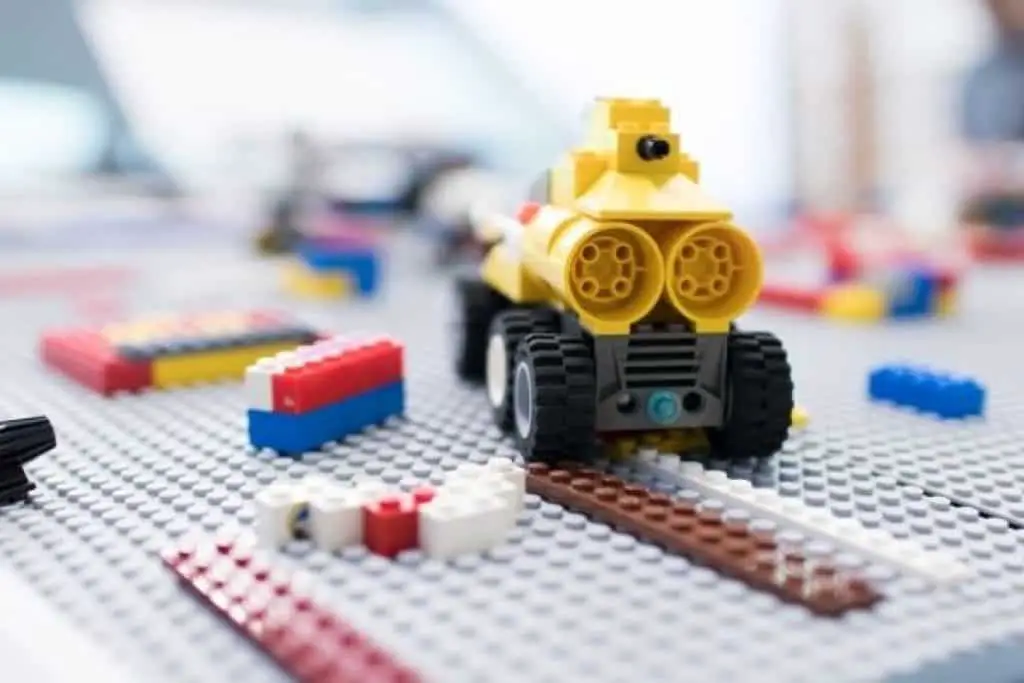
There are so many ways that you can explore science, starting from these simple physics experiments. You can try to make the car travel further by changing either the vehicle or the balloon. You can find the perfect slope to get the LEGO man down the zipline as fast as possible, without his vehicle breaking at the end. You can measure the distances and times for older kids and calculate how fast their creations are going.
If you want to use these experiments to introduce some physics ideas, both of them touch on ideas of
- Potential and kinetic energy
- Friction and air resistance
- Forces
- Speed, velocity, and acceleration
- Newton’s laws of motion
Fireproof Balloon
Have you ever been to a birthday party with a few too many balloons? If so, you might have noticed that if they get too near something warm, they pop. A great demonstration of this is with a balloon and a small candle. Blow up the balloon, hold it over the candle, and… pop!
In this simple physics experiment, you are going to make that balloon fireproof! Before you blow it up, you put some water in the balloon. Now when you bring the candle close… nothing happens. Just like magic, only better — science!
So What’s Going On?
First, let’s talk about why the balloon pops when it gets hot. The heat is transferred to the air molecules inside the balloon. They use that heat energy as kinetic energy, which means they start to move around faster. As the molecules spread out, they push harder on the balloon, until they push hard enough to break it.
So why does adding water help? It’s because water is amazing. Honestly, the science of water is fascinating. If it didn’t react to heat the way it does, we wouldn’t be here at all. Water is really good at absorbing heat. It takes a lot of heat energy to warm water up by even a small amount.
The heat from the candle gets absorbed by the water instead of the air molecules. The water needs over 4,000 times more energy to increase its temperature by a single degree than the air does. The same energy doesn’t do much to the water, and the temperature inside the balloon barely changes.
Using Gravity To Find A Cooked Egg
This incredibly simple physics experiment is just the sort that I love. It looks like magic from a distance, and if you’re the dramatic sort, you can play it that way to get your kids interested.
All you need to do is boil an egg in advance and then pop it in the fridge to cool. If you want to pretend you have magic powers, you should boil two to reveal the trick afterward. Present your kids with a row of identical eggs and ask if they can find the cooked one, without breaking any eggs.
The trick is to spin them. Cooked eggs spin much better than raw ones.
This teaches a critical lesson about physics. It shows how you can use science to uncover information that you can find out just from looking. Physics lets you ‘peek’ inside to find out what’s going on.
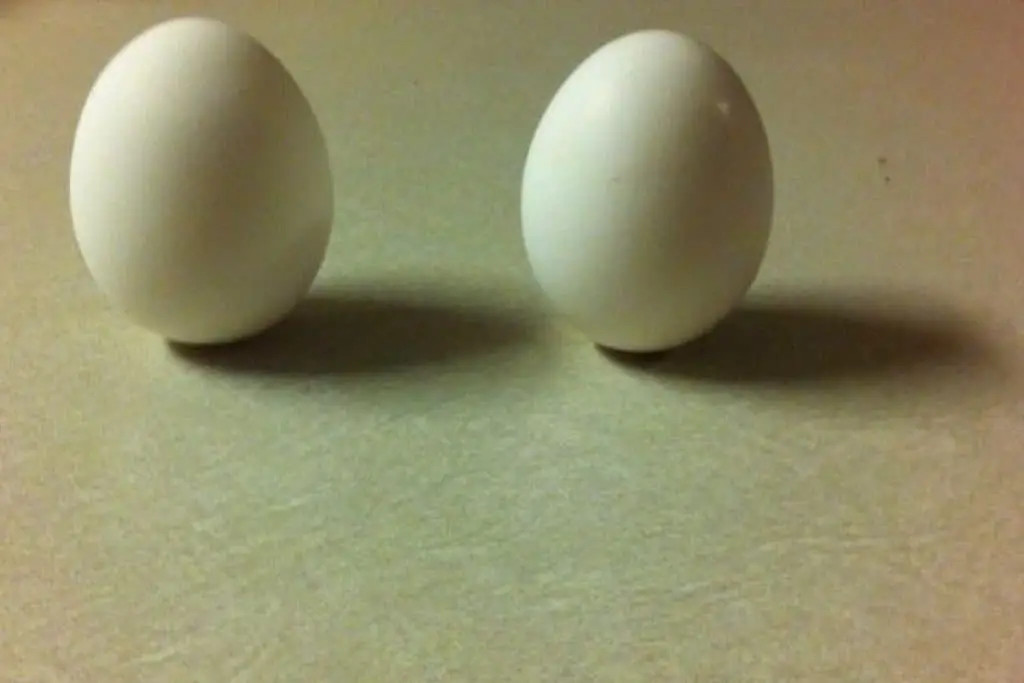
Extending The Idea
Here’s another experiment that explores the same idea. You need a long stick, around 1m is perfect, and a piece of clay. Put a fist-sized piece of clay around the stick. The clay should be towards one end of the stick, about 20 cm away from the end is perfect. Then try and balance the stick vertically on the palm of your hand.
The position of the clay makes a huge difference. When the clay is near the top, the stick rotates more slowly, making it easier for you to keep it balanced. It’s all about the position of the center of gravity.
Floating/Sinking Oranges
When it comes to simple physics experiments, it doesn’t get much simpler than this. All you need is:
- An orange
- A bowl of water.
This is perfect if your kids have recently been doing science experiments about sinking and floating.
Ask your kids if they think an orange will sink or float. Then try it to see. So, it floats, not that exciting. But, what if you peel the orange, will that make a difference? Make sure to ask your kids to explain their reasoning.
If they have been learning about sinking and floating, they will likely say that it will still float, or it will float higher because you’re making it lighter. Which is why they’ll, hopefully, be amazed to find that without its peel, your orange sinks.
The question is, why?
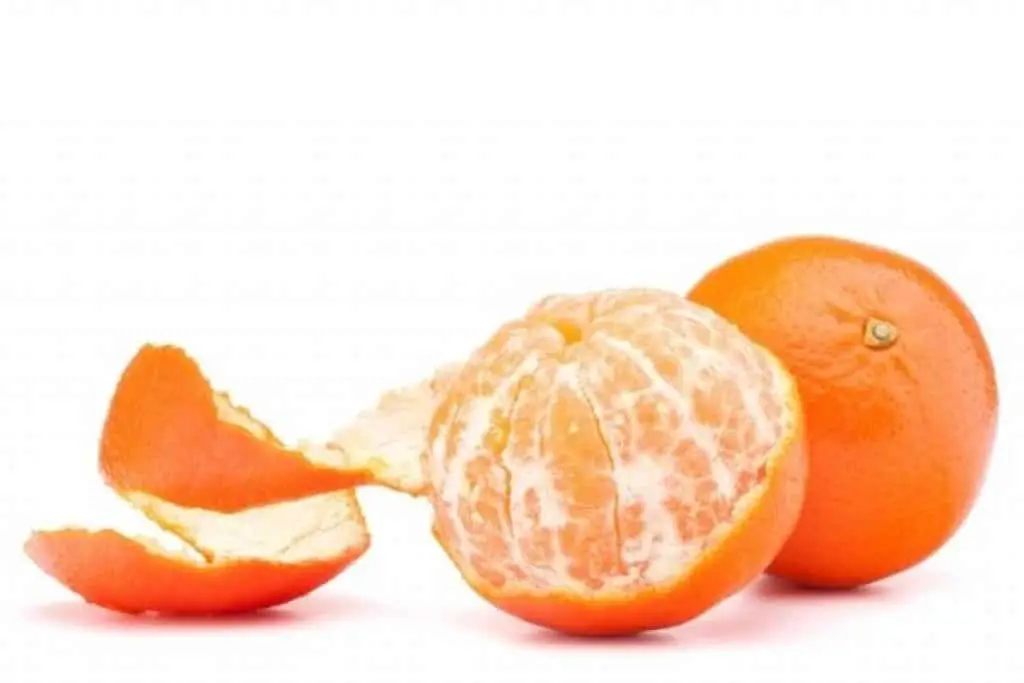
Why do ‘Lighter’ Oranges Sink?
This is all about density. The peel of an orange is full of air pockets; they help protect it when it falls to the ground. They also reduce the density. When you take the peel off, it’s like taking off the orange’s life vest.
Catapults
When it comes to a list of physics experiments for kids, it’s hard not to include catapults. After all, what child doesn’t like the idea of launching things into the air?
You can build catapults out of loads of household objects. The easiest to get hold of is popsicle sticks for the frame, a rubber band for the elastic energy store, a bottle cap to hold the projectile, and some glue to hold it all together. I recommend cotton balls or ping pong balls for a projectile — something that won’t hurt too much if someone’s aim is wandering.
There are so many physics ideas to explore inside these constructions, and so many variations to try. If your kids really enjoy this, you can try other similar science experiments to extend the ideas. For instance, you can learn about Trebuchets and try to build one of those instead.
Blowing Water Up A Straw
Here what you need to try this science experiment:
- Straw
- Ruler
- Scissors
- Scotch tape
- Shallow bowl/saucer of water
The challenge – Can you lift the water out of the saucer, using the straw without sucking?
So how do you do it? You need to cut a small 3cm section off the end of your straw. You’ll then use your tape to stick the little piece back on. Except when you stick it back on, it should now be at 90 degrees to the rest of the straw. It should have one edge touching the rest of the straw. If it looks like a capital L, you’ve got it right.
Then you put the short end of the straw in the water and blow through the long end. If it doesn’t work, blow a bit harder!
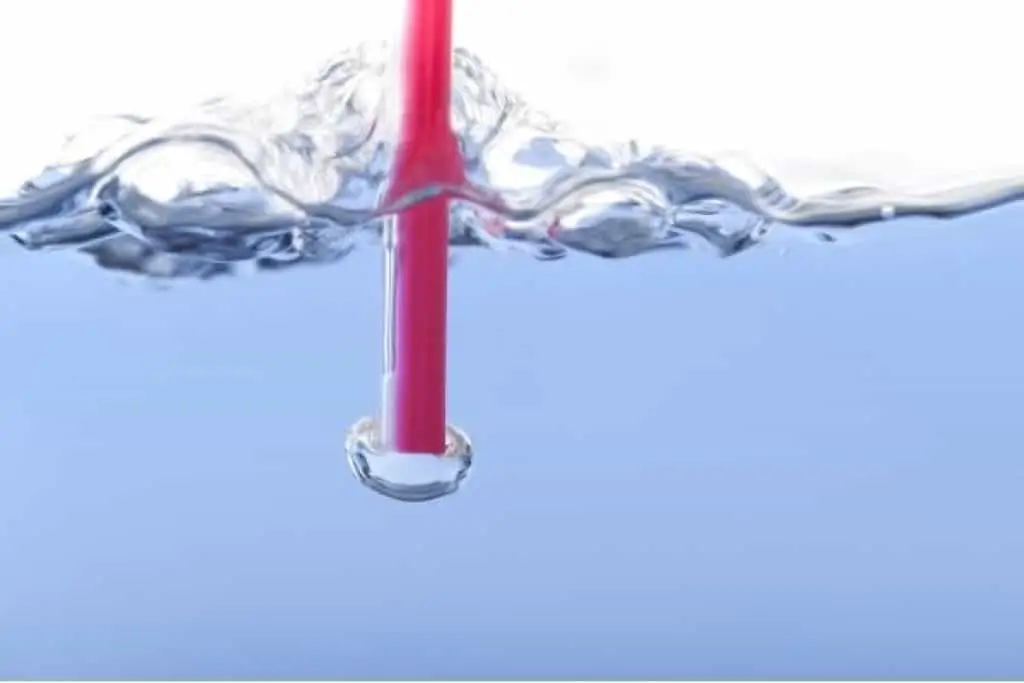
What’s Going On?
When you blow, it creates an area of low pressure at the top of the small straw. Because the air pressure over the saucer is now higher, it pushes the water up the straw.
Frequently Asked Questions
How do you teach kids physics?
Physics is a way of looking at the world. It’s learning to ask questions about how and why things happen the way they do. So, a great way to teach kids about physics is to encourage them to ask questions.
When you see something interesting, ask them why they think it happened. Physics, like all of science, is about curiosity and creativity. The best way to help your child learn about physics is to ask questions, try and think of answers together, and then test your ideas.
Isn’t physics really hard?
A lot of adults think that science and physics especially are hard. A lot of that is to do with how it was taught. If you learned physics by memorizing equations and rote learning, it would always seem complicated and boring.
But, the basic ideas of physics aren’t that hard to understand, even for kids. Simple physics experiments are a great tool to help kids love physics. When you love learning about a topic, it doesn’t seem so hard.
Why should kids learn physics?
Physics is amazing to learn about because it is behind everything in the world. Without an understanding of physics, we’d be stuck in the dark ages.
It’s really easy to take all our modern technology for granted. When you learn about physics, you discover how amazing it really is. For instance, did you know that your phone relies on quantum physics to work?
Trying out physics projects at home is a fantastic way to get kids interested in learning more about the world around them.

